
World population milestone: The impact of 8 billion people explained
The human population will tick over to 8 billion on November 15. What does this mean for the environment, our cities, our health and our food supply?

The human population will tick over to 8 billion on November 15. What does this mean for the environment, our cities, our health and our food supply?

An unmissable immersive experience experience in Sydney this summer!
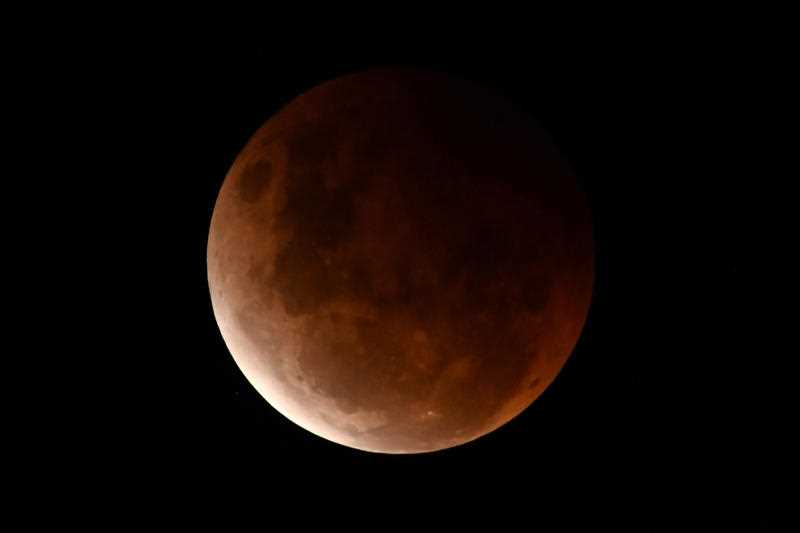
Tuesday night (8 November) will be the last chance to see a Blood Moon in Australian skies until 2025.
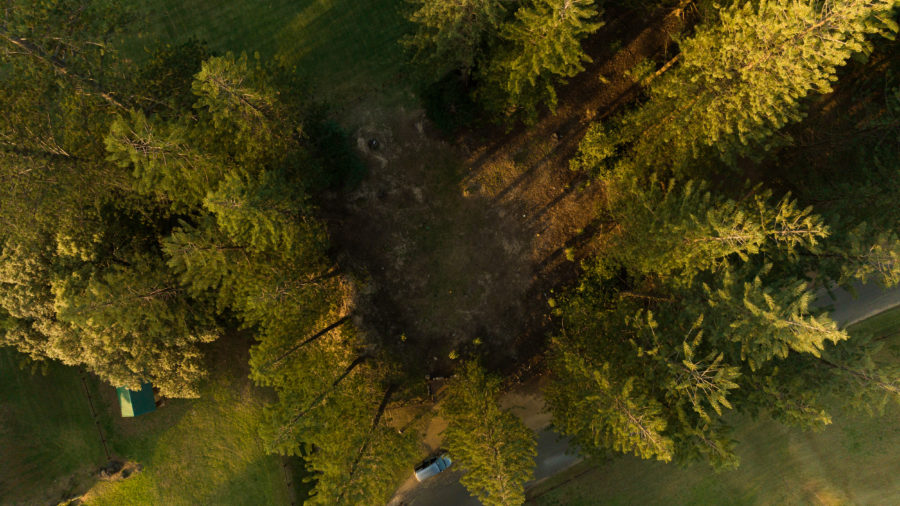
In a find of international significance, on Norfolk Island, 1700km north-east of Sydney, scientists from the Australian Museum and University of Sydney together with a local excavation team this week unearthed axe-like tools thought to have been fashioned by Polynesian mariners hundreds of years ago.

Stronger than steel and more elastic than rubber, spider silk has the potential to transform medicine, engineering, and materials science – if only we learn how to produce it.
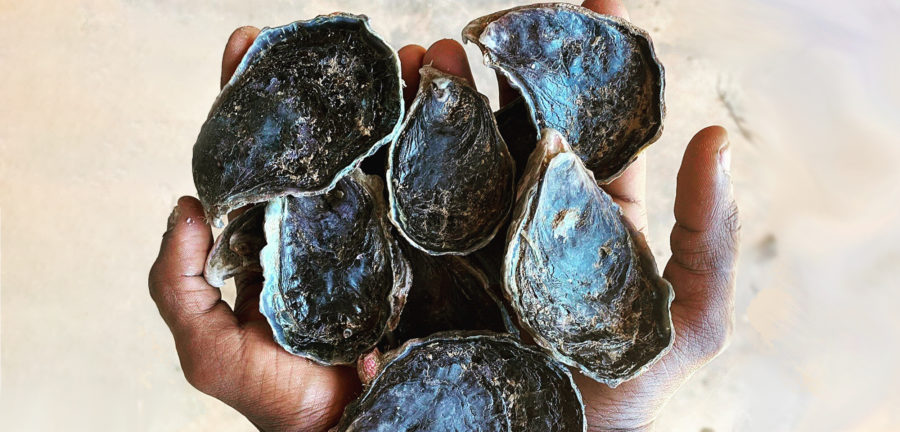
Temperate oysters have hogged the limelight, but heat-loving species have enormous potential to feed people, create economic opportunities, and rehab habitat in the tropics.
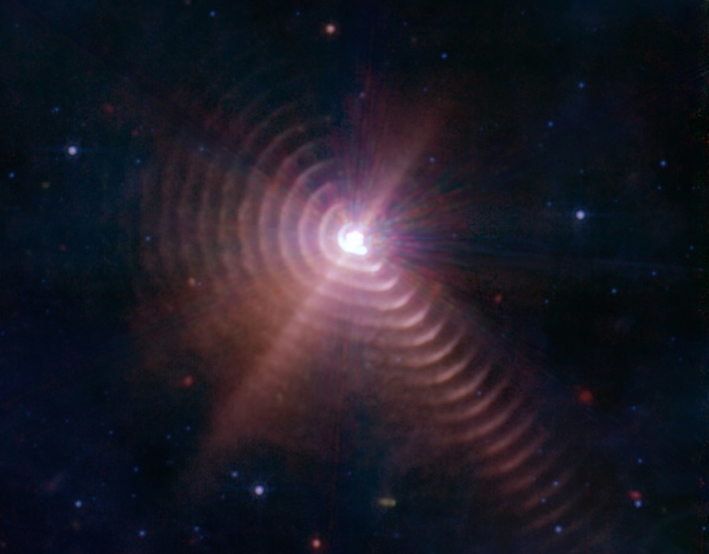
Puzzling image from the James Webb Space Telescope… is it evidence of an alien megastructure light-years across or simply a star?

Although they’ve been around for millennia, atmospheric rivers were only discovered by humans during the past 25 years.
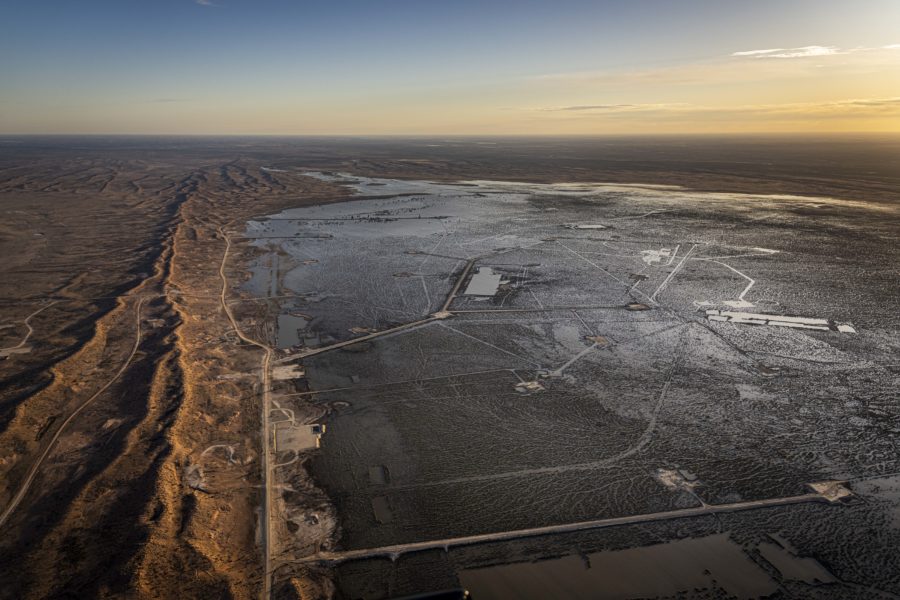
The heart-shaped Lake Eyre Basin covers about one-sixth of Australia. It contains one of the few remaining pristine river systems in the world. But new research shows oil and gas activity is extending its tentacles into these fragile environments. Can it survive?
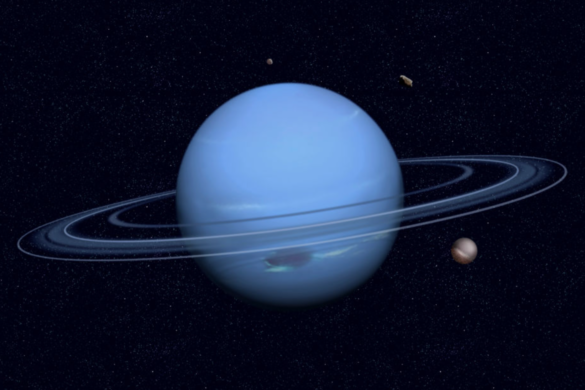
The James Webb telescope has delivered incredible new images of Neptune.